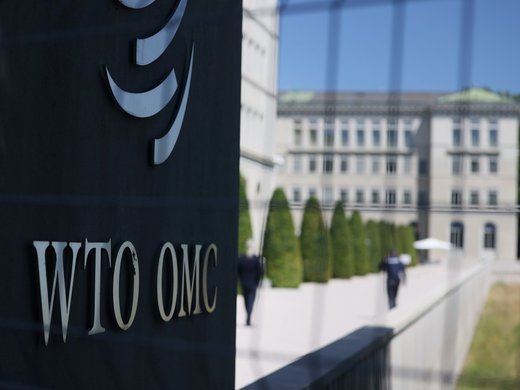Efficient licensing of standard-essential patents (SEPs) is crucial for achieving a rapid and broad-based diffusion of innovation. Most of the existing SEP research has focused on advanced countries, primarily the United States. Yet fundamental changes in the geography of SEP markets give rise to the emergence of new players. It is time to move beyond a US-centric analysis. This report contributes new insights by broadening the geographic coverage of the research. Drawing on decades of research on China’s innovation policy in information technology (IT), and on interviews with experts on China’s policies on patents and standards, the study sheds light on a gradual process of concentrated geographic dispersion of SEP ownership in the IT industry, and presents indicators of China’s ascent. This report assesses China’s efforts to reduce SEP-related market imperfections in the IT industry. Despite major improvements in China’s patent system and in its market for SEP licensing, China continues to lag substantially behind the United States, Europe and Japan in terms of SEP ownership, and it still struggles to improve the framework conditions for efficient licensing of SEPs. Based on a brief review of SEP policy benchmarks, the analysis presents China’s new approach to SEP-related competition policy. The report concludes with a brief discussion of three important unresolved policy issues: first, new challenges that Chinese IT firms face from non-practising entities (NPEs, the so-called patent trolls); next, adjustments in patenting strategies that result from the convergence of computer, communications and the Internet; and finally, pervasive uncertainty caused by the threat of trade and investment warfare inherent in the “Trump Trade Doctrine.”


